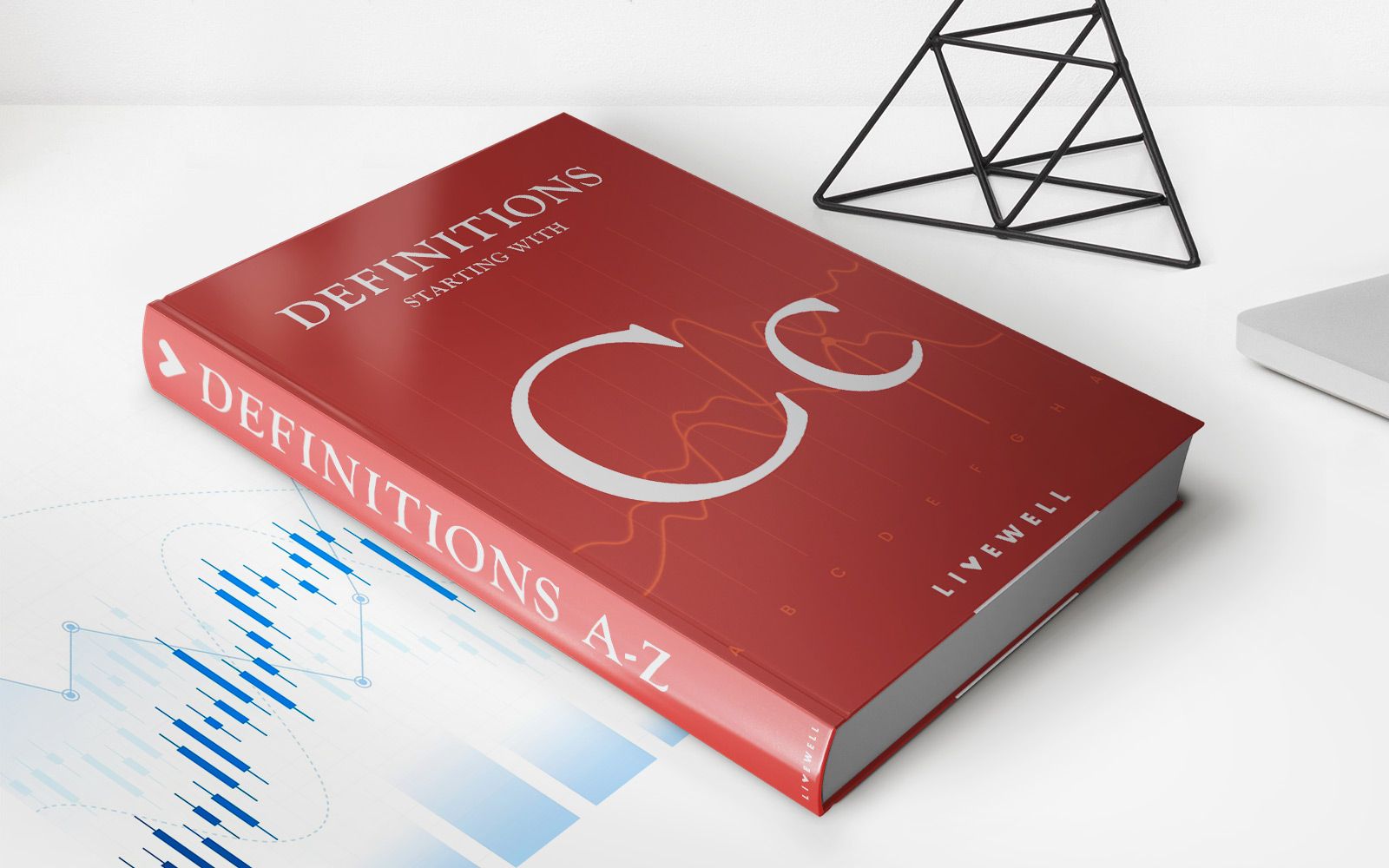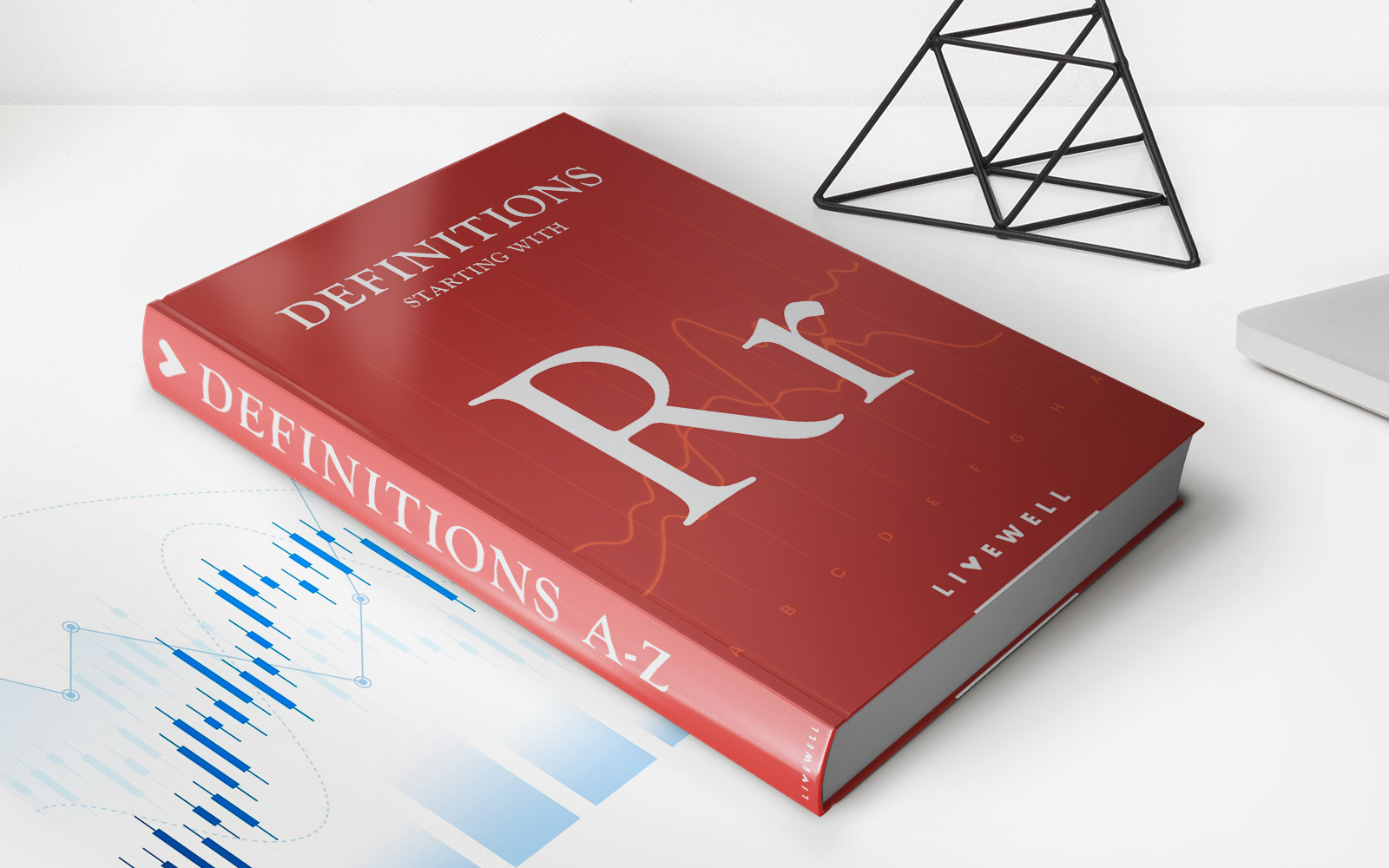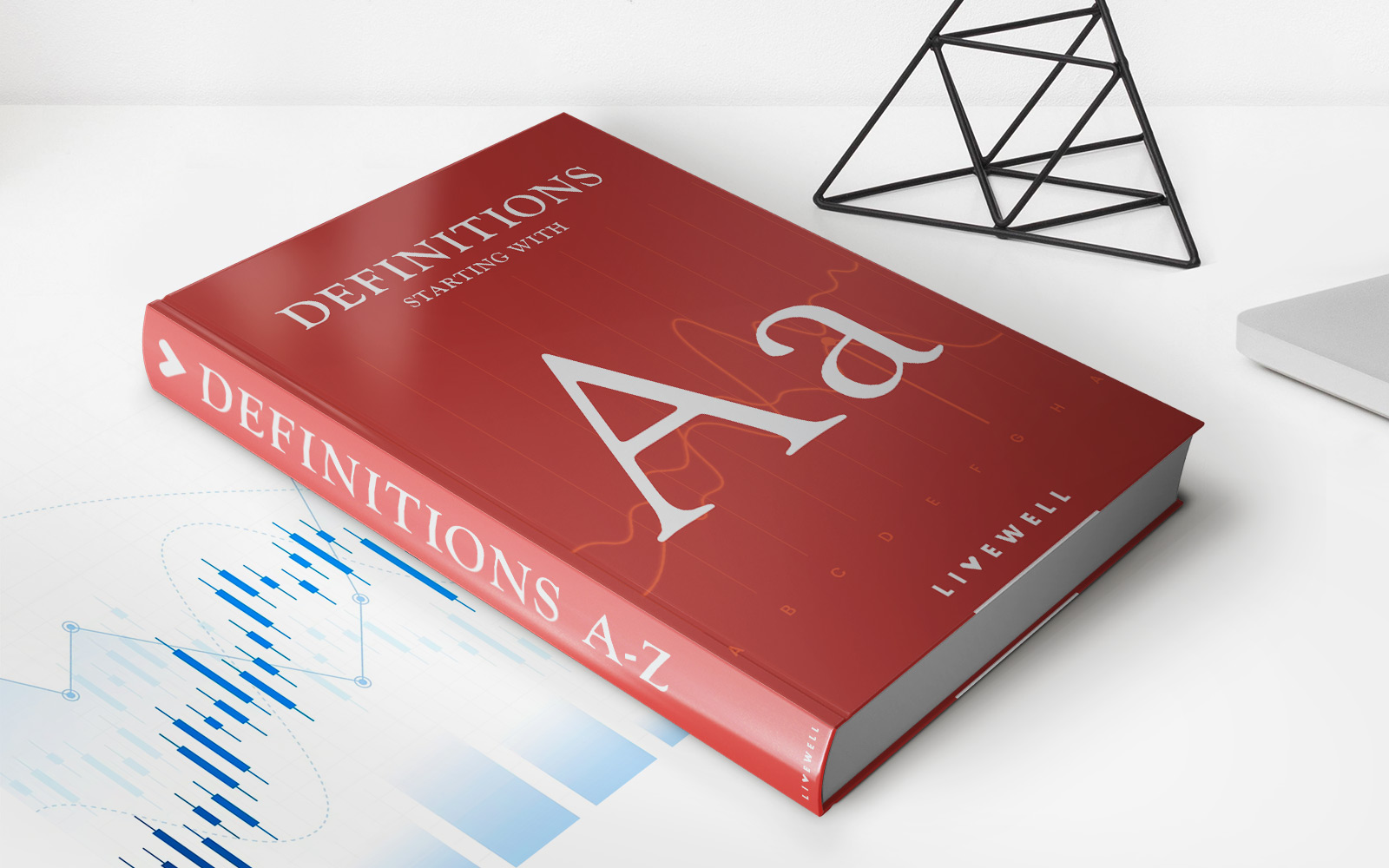Home>Finance>How Long Is The Grace Period For Perkins Loans?


Finance
How Long Is The Grace Period For Perkins Loans?
Modified: February 21, 2024
Learn about the grace period for Perkins loans and how it impacts your finances. Understand the details and make informed decisions.
(Many of the links in this article redirect to a specific reviewed product. Your purchase of these products through affiliate links helps to generate commission for LiveWell, at no extra cost. Learn more)
Table of Contents
Introduction
Understanding the Grace Period for Perkins Loans
Perkins Loans are a vital resource for many students seeking to finance their education. These low-interest federal loans have long been a cornerstone of financial aid packages, providing a lifeline for students who might not otherwise be able to afford the rising costs of higher education. As with any loan, understanding the terms and conditions is crucial for responsible financial planning. One key aspect of Perkins Loans that often raises questions is the grace period offered to borrowers before they must begin repaying the loan.
Navigating the complexities of student loans can be daunting, especially for those who are new to the world of personal finance. However, by breaking down the details of the grace period for Perkins Loans and exploring the options available, borrowers can gain a clearer understanding of how to manage their loan effectively. In this article, we will delve into the specifics of Perkins Loans and shed light on the grace period, empowering borrowers with the knowledge needed to make informed decisions about their financial future.
Understanding Perkins Loans
Perkins Loans are a type of federal student loan that are need-based, low-interest loans available to undergraduate, graduate, and professional students. These loans are administered by the school and are intended to provide additional financial assistance to students with exceptional financial need. Unlike Direct Subsidized Loans, which are available to all eligible students, Perkins Loans are awarded on a first-come, first-served basis, and not all schools participate in the program.
One of the distinguishing features of Perkins Loans is the favorable terms they offer to borrowers. The interest rate for Perkins Loans is fixed at 5%, significantly lower than the rates typically associated with private loans. Additionally, the loan does not accrue interest while the borrower is enrolled in school at least half-time or during the grace period. This makes Perkins Loans an attractive option for students who require financial support to pursue their academic goals.
It’s important to note that the amount students can borrow through the Perkins Loan program is limited by the availability of funds at their school. Therefore, not all students who demonstrate financial need will necessarily receive a Perkins Loan. The exact loan amount is determined by the school’s financial aid office, taking into account the student’s financial need and the availability of funds at the institution.
Overall, Perkins Loans play a crucial role in expanding access to higher education by providing a more affordable borrowing option for students with financial need. Understanding the unique characteristics of Perkins Loans is essential for students and their families as they navigate the complex landscape of student financial aid.
Grace Period for Perkins Loans
One of the key benefits of Perkins Loans is the grace period offered to borrowers after they graduate, leave school, or drop below half-time enrollment. The grace period is a set period of time during which borrowers are not required to make payments on their loans. For Perkins Loans, the standard grace period is nine months, providing borrowers with a transition period to secure employment and establish their financial footing before entering the repayment phase.
During the grace period, interest does not accrue on the Perkins Loan, which sets it apart from many other types of loans. This means that borrowers can focus on their job search and other essential aspects of post-graduation life without the added pressure of accruing interest on their loan balance. The interest subsidy during the grace period is a valuable feature that can alleviate financial stress for recent graduates as they navigate the early stages of their careers.
It’s important for borrowers to be aware that the grace period for Perkins Loans is a one-time benefit. Once the grace period ends, borrowers are expected to begin making regular payments on their loans. Therefore, it’s crucial to use the grace period wisely and to be proactive in preparing for the transition to repayment.
For students who may be considering further education, such as enrolling in a graduate program, the grace period provides a buffer before the start of loan repayment. However, it’s essential to understand that returning to school may impact the grace period and loan repayment schedule. Students should consult with their loan servicer and financial aid office to clarify the implications of returning to school on their loan status.
Overall, the grace period for Perkins Loans serves as a valuable opportunity for borrowers to lay the groundwork for successful loan repayment while adjusting to post-graduation life. By understanding the nuances of the grace period, borrowers can make informed decisions about their financial strategy and set themselves up for long-term financial well-being.
Options for Repayment
As the grace period for Perkins Loans draws to a close, borrowers must familiarize themselves with the various options available for repayment. Understanding these options is essential for developing a repayment plan that aligns with their financial circumstances and long-term goals. Perkins Loans offer several repayment plans, each designed to accommodate different financial situations and provide flexibility for borrowers.
One of the primary repayment plans for Perkins Loans is the Standard Repayment Plan, which involves fixed monthly payments over a 10-year period. This plan ensures that borrowers pay off the loan in a reasonable timeframe while minimizing the total interest paid. Additionally, the Extended Repayment Plan allows for a longer repayment period, typically 25 years, and may be suitable for borrowers who require lower monthly payments.
For borrowers who anticipate an increase in their income over time, the Graduated Repayment Plan offers lower initial payments that gradually increase every two years. This option is well-suited for individuals who expect their earning potential to grow as they progress in their careers. Furthermore, the Income-Contingent Repayment (ICR) Plan takes into account the borrower’s income, family size, and loan amount, adjusting the monthly payments accordingly. This plan may be beneficial for borrowers with fluctuating incomes or substantial family responsibilities.
Another important consideration is the potential for loan forgiveness or cancellation. Public service employees, such as those working in government or non-profit organizations, may qualify for the Public Service Loan Forgiveness (PSLF) program, which forgives the remaining loan balance after 120 qualifying payments. Additionally, teachers serving in low-income schools or educational service agencies may be eligible for the Teacher Loan Forgiveness program, providing relief on a portion of their Perkins Loan balance.
It’s crucial for borrowers to explore these repayment options and assess their individual financial situation to determine the most suitable plan. Seeking guidance from the loan servicer or a financial aid counselor can provide valuable insights into the implications of each repayment plan and help borrowers make informed decisions.
By understanding the range of repayment options available for Perkins Loans, borrowers can tailor their repayment strategy to align with their financial goals and ensure a manageable and sustainable approach to repaying their student loan debt.
Conclusion
As students embark on their academic journeys, the financial aspects of higher education often play a significant role in shaping their experiences. Perkins Loans have long been a valuable resource for students with exceptional financial need, offering favorable terms and a crucial grace period that provides breathing room as borrowers transition from school to the workforce.
Understanding the grace period for Perkins Loans is essential for borrowers to effectively manage their financial responsibilities. The nine-month grace period offers a valuable opportunity for recent graduates to secure employment, establish their financial stability, and prepare for the transition to loan repayment. The fact that interest does not accrue during this period provides a welcome respite for borrowers, allowing them to focus on building their careers without the added burden of increasing loan balances.
Furthermore, the array of repayment options available for Perkins Loans empowers borrowers to tailor their repayment strategy to suit their individual financial circumstances and long-term goals. Whether opting for a standard 10-year repayment plan, exploring income-driven options, or pursuing loan forgiveness opportunities, borrowers have the flexibility to chart a path that aligns with their financial well-being.
As students and families navigate the complexities of financing higher education, gaining a comprehensive understanding of Perkins Loans and their associated grace period and repayment options is crucial. By leveraging the resources and guidance available, borrowers can make informed decisions that lay the foundation for responsible financial management and successful loan repayment.
In conclusion, the grace period and repayment options for Perkins Loans are integral components of a comprehensive approach to student financial aid. By equipping borrowers with the knowledge and tools to navigate these aspects effectively, Perkins Loans continue to serve as a vital support system, enabling students to pursue their academic aspirations while managing their financial obligations responsibly.














